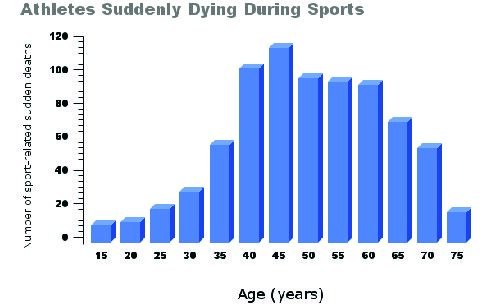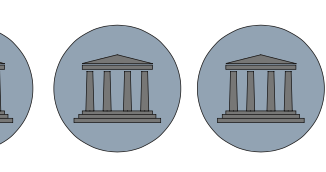
photo credit: Lincoln Hake
Almost a year ago, Buffalo Bills Safety Damar Hamlin went into cardiac arrest during a primetime football game between the Cincinnati Bengals and Buffalo Bills. As a Bengals fan myself I remember watching that game and seeing pure panic and shock on display from my television screen.
Players were torn from what they had just witnessed, and announcers didn’t even know how the game could be continued. While Damar Hamlin is thankfully fine today and back to playing again, his story became heavily sensitized in the media and across America.
As someone who likes to watch a variety of sports, Damar Hamlin’s incident is not a specific outlier in the world of sport. Bronny James, son of NBA legend and all-time leading scorer Lebron James, collapsed at a University of Southern California basketball practice recently due to a cardiac arrest. In a soccer match, Denmark National team player Christian Eriksen suffered a cardiac arrest during the Euro Cup against Finland in 2021. Even recently, Ghanaian soccer player Raphael Dwamena, who had a history of heart problems, died while playing in a match due to a collapse.
I see instances of the media publicizing incidents like these more and more, and it left me wondering if heart problems are becoming more and more common in today’s athlete.
To investigate, I interviewed Cardiovascular Expert Professor Victor Froelicher of Stanford University. Professor Froelicher is an expert in his field, co-author of the “Exercise and the Heart” textbook and the former Director of the Stanford Sports Cardiology Clinic from 2015-2019.
Froelicher referenced National Library of Medicine data that showed 1-40,000 to 1-80,000 athletes die of SDC (sudden cardiac arrest) each year, and that the issue is not as prevalent in professional sports as it is displayed. Froelicher said that SDC prevalence is low and that it is heavily sensitized by publications due to the selling factor of athletes and sudden cardiac arrest.
As far as recommendations for whether or how quick athletes should return to their sport after an injury such as SDC, Froelicher said that decisions are very carefully made with athletes who have suffered incidents, but recommendations by medical professionals cannot be guaranteed to be followed by some athletes. Luckily, he said the trend of SCD athletic events is going down thanks to revised guidelines including increased screenings and AED (automated external defibrillator) availability.
The current state of the spread of information in the world today, is increasingly in part through the dramatic growth of social media as a form of gathering news. According to a study from Temple University, verified users on social media platforms are more likely to spread fake news. With a plethora of verified sports media companies across various social media platforms it’s not out of line to suggest some stories involving health shock to players can be blown out of proportion for clicks like Professor Froelicher suggested.
Luckily even locally, the threat of cardiovascular risks is being fought at the high school in part with the MCORE foundation, the foundation offered a $79 screening provided to students on Dec. 6 during the school day and can identify whether someone is suscepitbile to heart conditions. Screenings like this can ensure athletes can play without worry and can locate any heart health risks high school athletes might have early on before their condition worsens.


